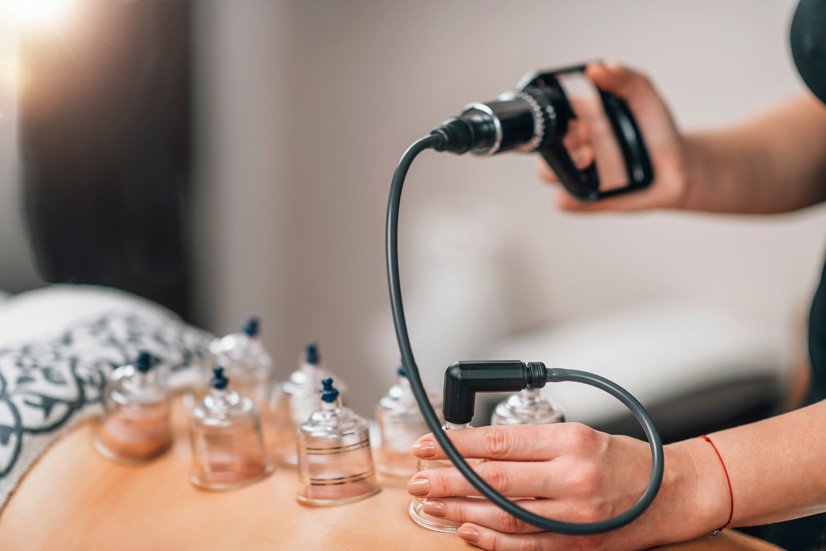
Cupping, an ancient therapeutic technique with roots in traditional Chinese medicine, has been practiced for centuries across various cultures. Its enduring popularity stems from its purported ability to alleviate pain, promote healing, and enhance overall well-being. Today, cupping is gaining renewed interest as individuals seek complementary and alternative approaches to health and wellness.
Understanding Cupping and Its Mechanism:
Cupping involves placing glass or plastic cups on specific areas of the skin and creating a vacuum inside the cup to draw out air. This is typically achieved by heating the air within the cup or using a suction pump. When the cup is removed, suction marks are left on the skin. These marks, ranging from red to deep red, are believed to indicate the release of toxins and congestion from the underlying tissues.
Potential Benefits of Cupping:
- Pain Relief and Muscle Tension Reduction: Cupping is often employed to alleviate pain and muscle tension associated with various conditions, including back pain, neck pain, and arthritis. The suction created by the cups is believed to stimulate blood flow to the affected areas, promoting relaxation and pain relief.
- Enhanced Circulation and Tissue Healing: Cupping therapy may help improve blood circulation to the treated areas, bringing oxygen and nutrients to the cells and facilitating the healing process. This can be beneficial for conditions such as sprains, strains, and soft tissue injuries.
- Respiratory Conditions: Cupping is sometimes used to address respiratory conditions such as asthma, bronchitis, and the common cold. It is thought to promote mucus clearance and reduce inflammation in the airways.
- Stress Reduction and Relaxation: Cupping therapy can promote relaxation and reduce stress by stimulating the release of endorphins, the body’s natural pain relievers. This can be beneficial for individuals experiencing anxiety, insomnia, and other stress-related conditions.
Considerations and Limitations:
- Temporary Marks and Discomfort: Cupping may cause temporary round marks or bruises on the treated areas, which typically fade within a few days. Some individuals may experience mild discomfort during the procedure.
- Individualized Approach: The effectiveness of cupping may vary depending on the individual and the specific condition being treated. It is essential to consult with a qualified practitioner to determine if cupping is an appropriate treatment option.
- Complementary Therapy: Cupping is often considered a complementary therapy and should be integrated into a comprehensive treatment plan under the guidance of a healthcare provider.
Conclusion:
Cupping therapy, with its rich history and potential benefits, offers a promising approach to addressing various health concerns. While further research is needed to fully elucidate its mechanisms and efficacy, cupping is increasingly recognized as a valuable tool in the realm of complementary and alternative medicine. With its potential to promote pain relief, enhance circulation, and improve overall well-being, cupping holds promise for enhancing the health and vitality of individuals seeking alternative healing modalities.
